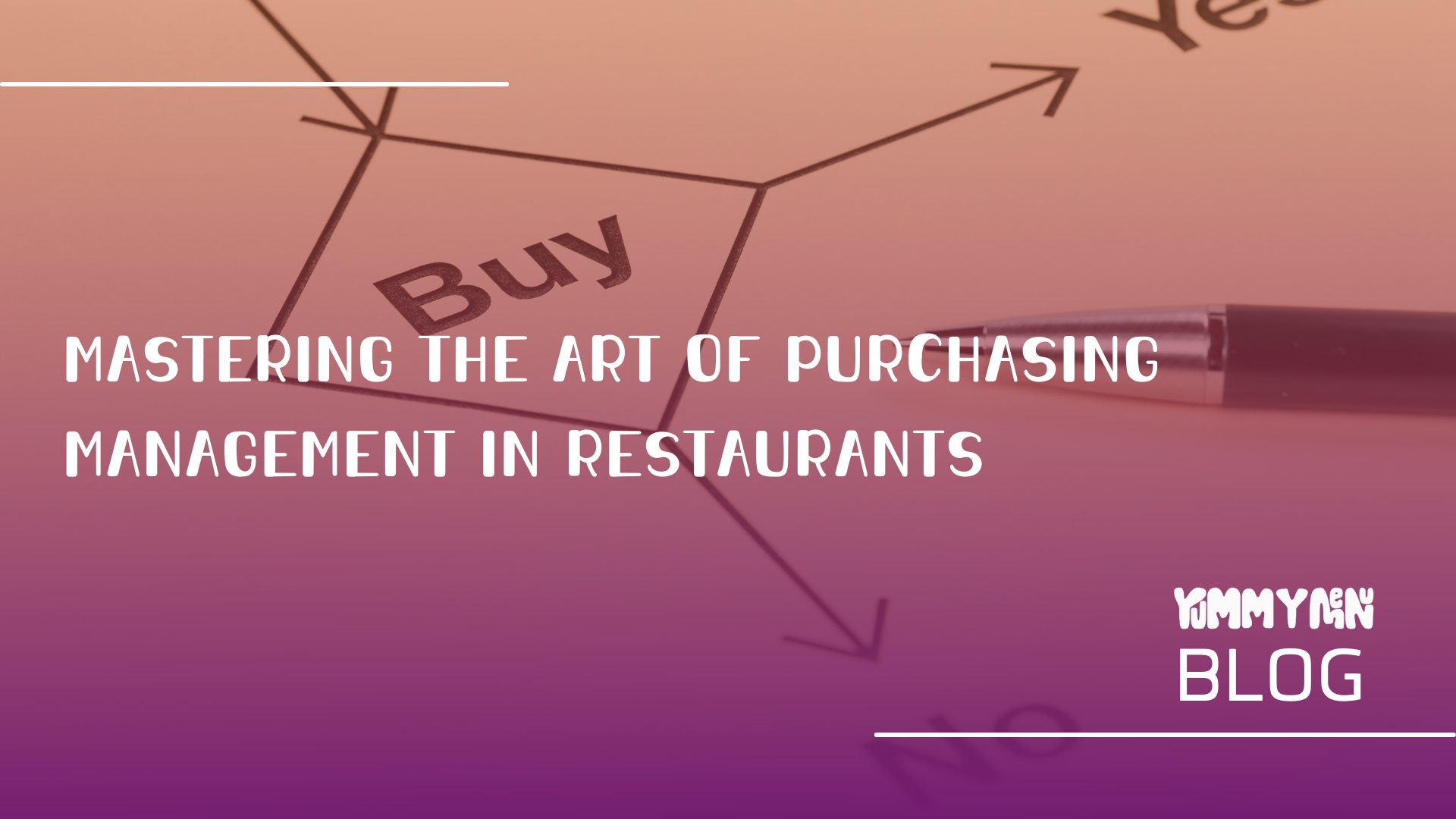
Mastering the Art of Purchasing Management in Restaurants
Effective purchasing management is the cornerstone of running a successful restaurant. The way you source, manage, and utilize your ingredients can significantly impact your bottom line, food quality, and overall customer satisfaction. In this blog post, we will guide you through essential steps to manage purchasing in restaurants efficiently and maximize your operational success.
1. Define Your Menu and Concept
Before embarking on any purchasing decisions, it's crucial to have a well-defined menu and concept. Your menu dictates the types of ingredients you need, and your concept influences the quality and sourcing preferences. Whether you're running a fine dining establishment or a casual cafe, align your purchasing choices with your restaurant's identity to maintain consistency and meet customer expectations.
2. Establish Supplier Relationships
Building strong relationships with suppliers is essential. Work with reputable vendors who can consistently provide high-quality ingredients. Negotiate terms and contracts that benefit both parties, ensuring fair pricing, reliable delivery schedules, and responsive customer service. Strong supplier relationships can lead to discounts, priority access to seasonal items, and better overall support.
3. Monitor Inventory
Maintaining an organized and well-monitored inventory system is key to managing purchasing effectively. Use technology to track ingredient levels, expiration dates, and consumption patterns. Regularly conduct physical inventory counts to reconcile with your records and identify any discrepancies. This practice helps prevent overstocking, reduces waste, and ensures you always have the necessary ingredients on hand.
4. Implement a Purchase Order System
Implementing a purchase order (PO) system streamlines the ordering process. Each time you need to restock ingredients, create a purchase order specifying the quantity, description, and agreed-upon price. This not only ensures accuracy but also facilitates tracking and reconciliation of orders and invoices.
5. Embrace Seasonality and Local Sourcing
Incorporate seasonality into your purchasing strategy. Seasonal ingredients are often fresher, more flavorful, and cost-effective. Additionally, consider sourcing locally whenever possible. Not only does this support the community, but it also reduces transportation costs and contributes to the sustainability of your restaurant.
6. Minimize Food Waste
Food waste has a significant impact on both your expenses and the environment. To minimize waste, implement a "first in, first out" (FIFO) approach, rotating stock to use the oldest items first. Train your staff to handle ingredients properly and avoid over-portioning. Consider composting or donating surplus food to reduce your restaurant's ecological footprint.
7. Centralize Communication
Maintain clear communication between your kitchen staff, front-of-house team, and management regarding purchasing needs. Use technology, such as shared spreadsheets or communication apps, to keep everyone informed about inventory levels, menu changes, and upcoming specials. This prevents confusion, reduces errors, and facilitates a seamless ordering process.
8. Regularly Review Suppliers and Costs
Periodically review your suppliers and ingredient costs to ensure you're getting the best value for your money. Market prices can fluctuate, and new suppliers might offer better deals. Don't hesitate to explore alternative options while maintaining the quality your customers expect.
9. Training and Continuous Improvement
Invest in training your staff on the importance of efficient purchasing management. Provide them with guidelines on portion control, proper storage, and waste reduction practices. Encourage a culture of continuous improvement, where everyone contributes ideas to enhance the purchasing process.
Mastering purchasing management in restaurants is a dynamic process that requires careful planning, execution, and adaptability. By defining your menu, nurturing supplier relationships, monitoring inventory, and embracing sustainable practices, you can optimize your restaurant's operations, reduce costs, and consistently deliver exceptional dining experiences. Remember, effective purchasing management isn't just about saving money – it's about creating a foundation for culinary excellence and customer satisfaction.
